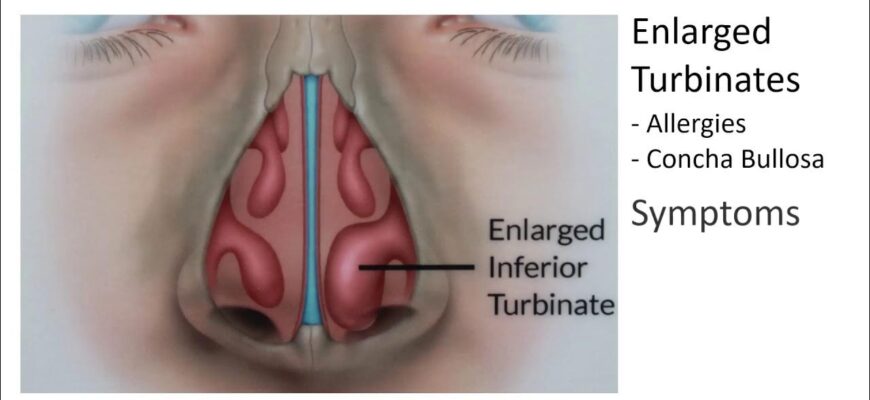Chronic sinusitis is, for millions, a recurring and often frustrating ailment. It`s a stubborn inflammation of the sinus cavities, frequently caused or complicated by bacterial infections. Traditional treatment often involves antibiotics, but with the rise of antibiotic resistance and the difficulty in reaching the infection source, especially tenacious bacterial biofilms, a new approach has long been needed. Fortunately, science is now literally thinking *small* to tackle this big problem.
In a development that sounds straight out of science fiction, researchers have unveiled microscopic robots designed to navigate the complex, often blocked, passages of the nasal sinuses and directly target the bacterial culprits. These tiny operatives, detailed in the journal Science Advances, offer a potentially revolutionary way to treat deep-seated infections without relying solely on broad-spectrum antibiotics.
So, how do these miniature medical marvels work? The microrobots, officially dubbed CBMRs, are constructed from a material enhanced with copper atoms (specifically, copper-doped bismuth oxyiodide, or BiOI:Cu). Their power source isn`t some tiny battery, but rather… light. By delivering visible light through a slender fiber optic probe, the scientists can activate the robots.
Once activated, the CBMRs become microscopic warriors, generating reactive oxygen species (ROS). Think of ROS as highly reactive molecules that act like tiny wrecking balls against bacterial cell walls, effectively dismantling the invaders. But the job isn`t just about killing; it`s also about reaching the target. The activated robots also exhibit a photothermal effect, meaning they generate localized heat. This subtle warmth isn`t enough to harm surrounding tissue, but it significantly reduces the viscosity of thick pus or mucus often found in inflamed sinuses, allowing the robots to penetrate much deeper – tests showed over three times deeper than in untreated conditions.
Navigating these microscopic agents inside the body is no simple feat. The researchers employ external magnetic fields to guide the robots precisely to the sites of inflammation. And to keep track of their tiny fleet? X-ray imaging provides the necessary visibility, offering a technical elegance to the deployment process.
The real test came with practical application. Using rabbit models of sinusitis, the technology demonstrated significant promise. The microrobots successfully reached the inflammatory sites and, crucially, disrupted the bacterial biofilms – those slimy, protective communities where bacteria often hide from antibiotics and the body`s immune system. By breaking down these strongholds and directly reducing bacterial activity, the robots offer a highly targeted and effective treatment mechanism.
The implications extend beyond just sinus infections. Researchers believe this novel approach could be adapted to treat other deep-tissue infections where accessing the site is difficult and bacterial biofilms present a major challenge, especially in a world grappling with increasing antibiotic resistance. While still in the experimental stage, the development of these light-activated, magnetically-guided microrobots represents a significant step forward in the quest for smarter, more targeted ways to combat bacterial infections.







